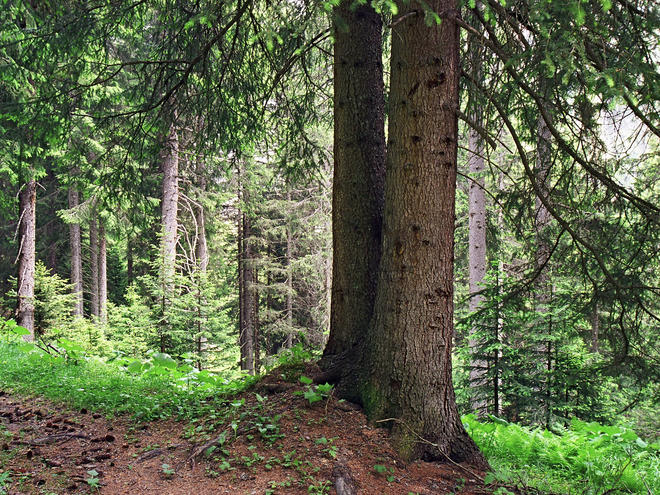
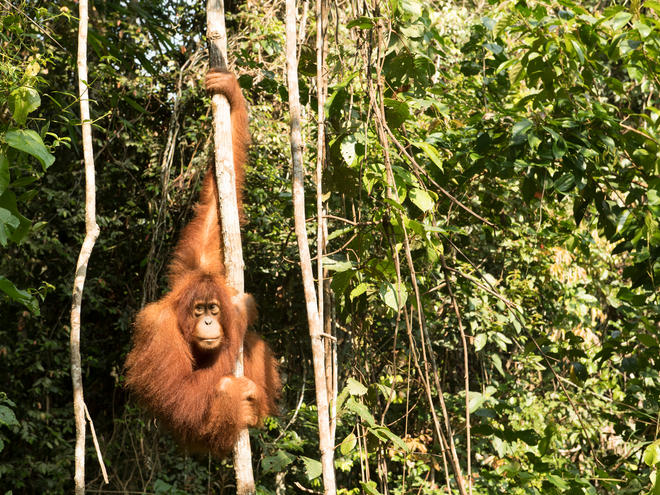
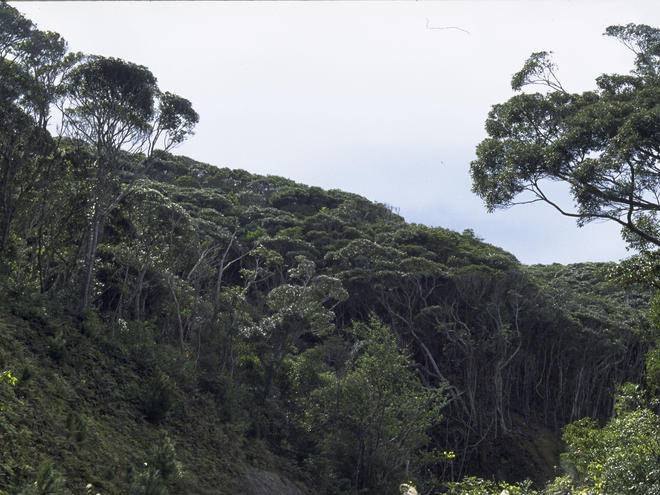
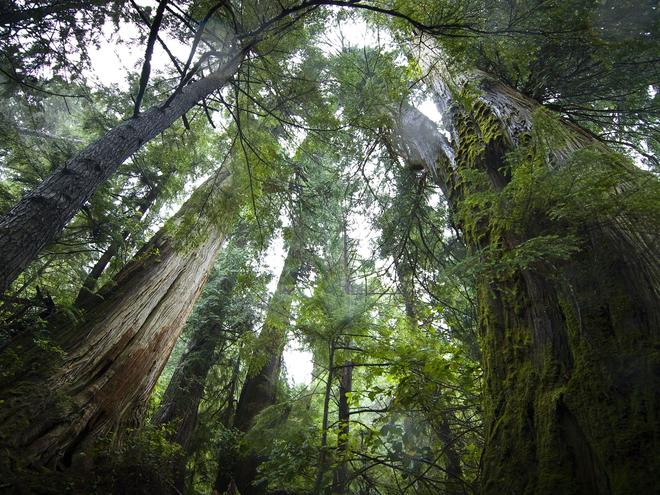
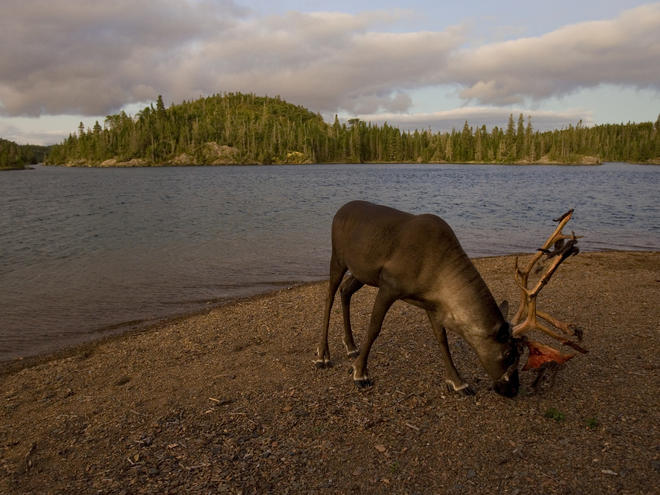
Forests cover one-third of the world’s land surface—more than 15.3 million square miles. Within this vast area you’ll find all types of habitats, from the boreal forests of Canada to the jungles of Brazil. Every forest is different, but some share common traits based on the local climate. In fact, every forest on the planet can fit into one of four categories.
Four Types of Forests
1. Tropical
Outside of a zoo, where can you find rhinos, tigers, elephants and orangutans all in one place? The tropical rain forests of Borneo and Sumatra. Tropical forests are biodiversity wonderlands; you’ll find more different kinds of plants and animals in these types of forests than anywhere else on Earth. With year-round temperatures above 65 degrees Fahrenheit and plenty of water, just about any creature can thrive here.
2. Subtropical
Subtropical forests are like their tropical cousins, but not quite as hot or biodiverse. They are still warm, but with a noticeable chilly season; they are still chock full of a wide range of plants and animals, though none with a vulnerability to cold. As the borderland between tropical forests and the colder temperate forests, subtropical forests serve an important function as a winter home for migratory wildlife like monarch butterflies.
3. Temperate
Temperate forests cycle through all four seasons. Most forests in the US are temperate forests. Depending on the region, you can find coniferous forests full of evergreen trees that have leaves year-round; deciduous forests with trees that shed their leaves every year; and some forests with a mix of everything. The cold winter means temperate forests don’t have the variety of animal and plant life you’ll find in subtropical or tropical regions, and many of the animals hibernate or migrate during the winter.
4. Boreal
At the other extreme is the Boreal forest. Boreal forests are still full of life that’s adapted to withstand frigid temperatures year-round, such as caribou reindeer, or animals that can migrate long distances every winter. Full of deciduous trees and conifers, Boreal forests cover vast expanses in Canada, Alaska, and Russia. Boreal forests are also an important carbon sink. Like all forests they absorb carbon dioxide –a main contributor to global warming and climate change—removing it from the atmosphere and helping to keep the entire planet healthy.
While these forests are all different, there is one unfortunate unifying factor: they are all threatened. We’re losing 18.7 million acres of forests every year to deforestation and degradation, mainly in the tropics. That’s equivalent to 27 soccer fields a minute. The causes may be different—some are cleared for ranching and agriculture, while others are illegally harvested for timber—but the loss and forest degradation is equally devastating.
The good news is that World Wildlife Fund and our partner organizations around the world are not going to let this continue. We’re implementing innovative, permanent solutions to conserve forests around the world: encouraging companies to use wood products from forests that are responsibly managed, in accordance with the Forest Stewardship Council standards; working with governments to stop illegal logging; pooling our resources with other groups to protect huge sections of forests in the long-term; and much more. Together we’ll keep all forests, no matter which category they fall into, safe and healthy for generations to come.
Published March 21, 2019 at 05:00AM